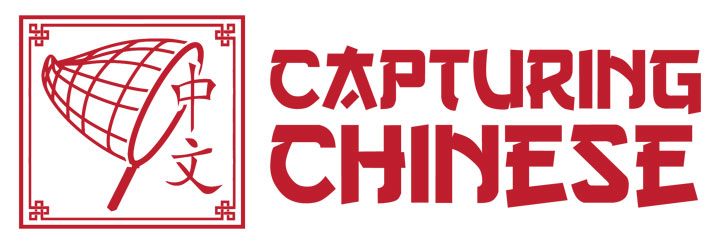Learn Chinese Through Chinese Stories - Lu Xun's A Diary of a Madman
A Madman's Diary is definitely one of the best short stories in Chinese history and one of my personal favorites. If you missed the introduction to Lu Xun, then follow this link to An Introduction to Lu Xun.
A Madman's Diary
狂人日记
Kuáng Rén Rìjì
狂人日记 was first published in New Youth (新青年 Xīn Qīngnián) in May of 1918. The author, Zhōu Shùrén (周树人) is using his penname, Lǔ Xùn (鲁迅), for the first time and A Madman's Diary is considered the first modern short story in Chinese literature and also one of the best. A Madman's Diary begins with an introduction in classical Chinese, which was typical in Chinese literature at the time. The story begins innocently relating the experiences of a friend who had recently gone insane. (Due to the difficulty of the classical Chinese text, extra footnotes have been provided.) In stark contrast to the introduction, the rest of the story uses colloquial Chinese. Classical Chinese had been in use for the past 2000 years for any serious literary work. Using the vernacular Chinese was a bold statement. The story was inspired by Nikolai Gogol, a Russian author whom Lǔ Xùn greatly admired, and who wrote a short story with a similar title, Diary of a Madman. The character in the story was inspired by a cousin of his who came to visit Beijing in 1916 and averred that he was being pursued by deadly enemies. As his paranoia worsened Lǔ Xùn was forced to send his cousin back to their hometown, Shàoxīng (绍兴城). In A Madman's Diary, Lǔ Xùn is attacking traditional Chinese society implying it is a society of cannibals where the strong devour the weak. The ironic effect achieved in this story is a highlight of Lǔ Xùn's style and what makes his work so effective. While the madman often quotes old Chinese texts to confirm his paranoia, the reader begins to question whether or not this paranoia is in fact justified. In addition, recent events lent credence to his madness. During pre-revolutionary times, anti-Qing revolutionaries had been executed and had their body parts dug out and eaten by soldiers. One example is of Xú Xílín (徐锡林), a native of Shàoxīng who appears in this story. In the end, one can question whether the madman is still insane as he takes up a post within the local bureaucracy. Kuang Ren Riji 狂人日记|
Would you like to read this Chinese short story with pinyin, footnotes with definitions, historical summaries, and cultural references, as well as Chinese audio files of two native speakers, one male and one female, reading the story? Get your copy of Capturing Chinese today!
See the Capturing Chinese Catalog |
